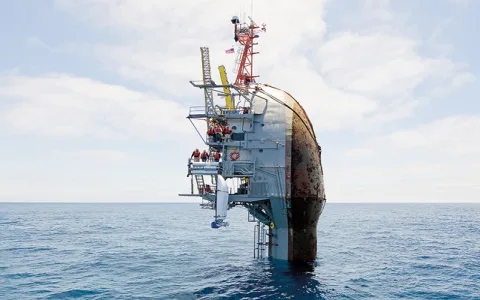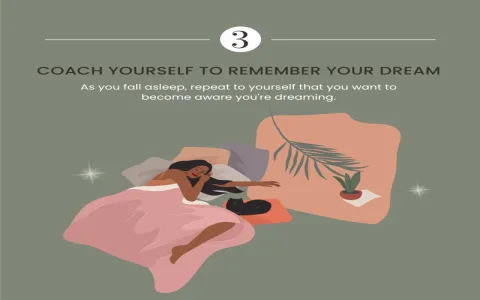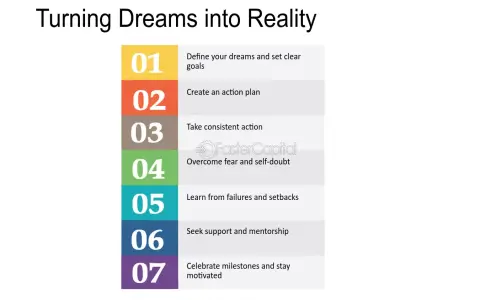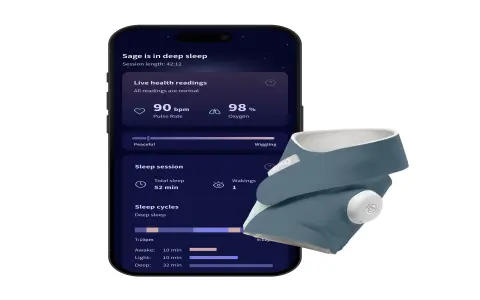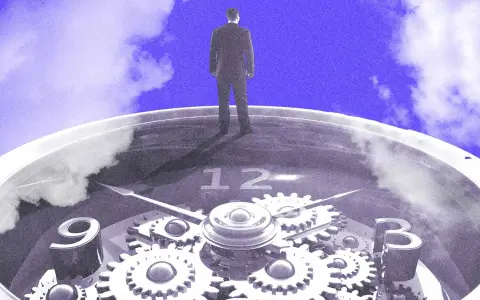Man, I was absolutely fried. I thought I was just hitting my stride, you know? Pushing through that big Q4 launch schedule, sleeping maybe five hours a night, living off lukewarm coffee and sheer adrenaline. I kept telling myself, “I’m fine, this is just the push.” But my brain, my actual sleeping brain, was telling a completely different story. It was screaming, actually. And it was using the beach as its loud-hailer.
I started noticing this consistent, vivid theme in my sleep: the ocean, the sand, the overwhelming feeling of needing to get there or needing to escape from it. It wasn’t the calm, umbrella-and-daiquiri kind of dream. Sometimes I was trying desperately to catch a ferry that kept sailing away. Sometimes the water was a perfect turquoise, but the moment I stepped in, the sand would turn to quicksand. I shrugged it off for maybe a week, just a weird brain glitch, right?
The Decision to Document the Inner Chaos
But then the dreams started getting aggressive. I dreamt I was stuck in traffic on the actual shoreline. That’s when I realized this wasn’t just random static. This was a signal. I decided to treat this like an actual engineering problem, a self-diagnostic deep dive. I needed to see if the frequency and flavor of my ‘escape dreams’ directly mapped onto my daily stress load. I grabbed an old notebook—the spiral-bound one with the stained cover—and started logging the data. This wasn’t going to be some airy-fairy introspection; this was hard data collection on my own nervous system.
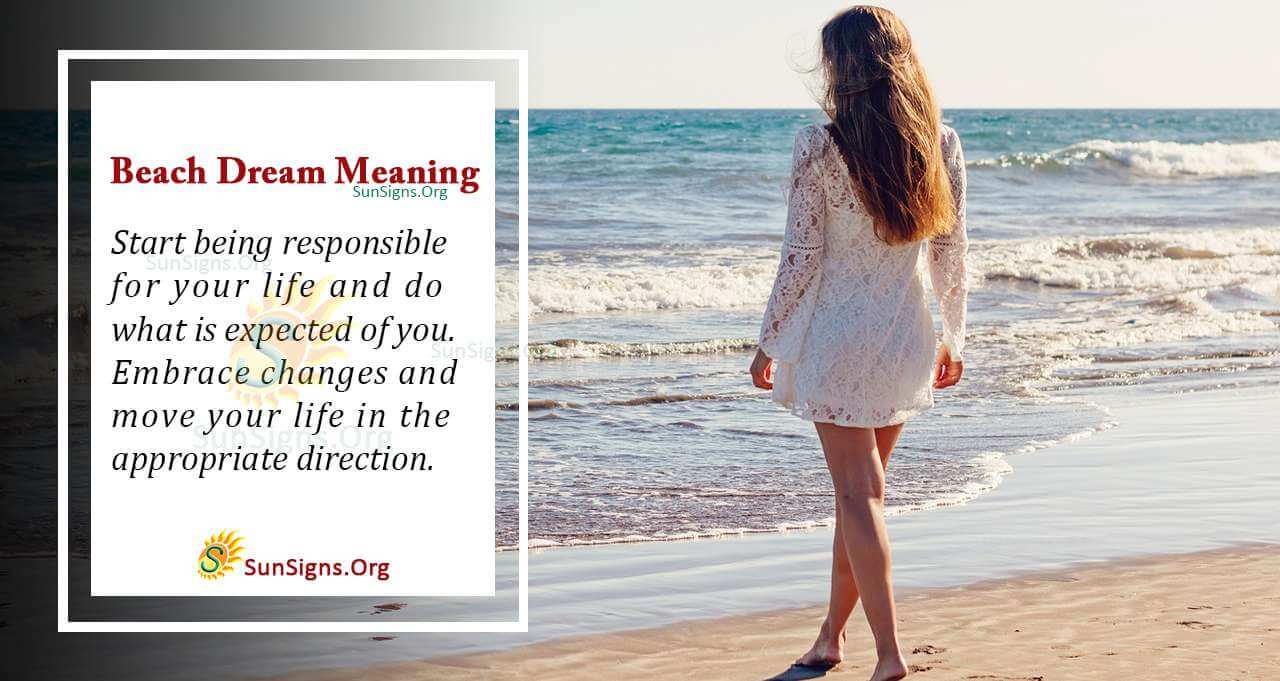
I committed to a 30-day tracking period, starting exactly four weeks before our critical launch date. I kept the notebook right next to the bed, ready to capture the moment I woke up, before the fuzziness wore off.
My tracking criteria were simple, almost crude, because I needed speed when logging at 3 AM:
- Dream Intensity Score (DIS): I rated the overall panic level of the dream from 1 (mild longing) to 5 (full-blown, sweat-inducing terror/urgency).
- The Beach Vibe: Was the beach Accessible (A), Unreachable/Blocked (U), or Dangerous/Hostile (D)?
- Waking Stress Score (WSS): Every morning, I gave myself a score from 1 to 5 based on how heavy my shoulders felt about the upcoming workday.
- Key Action: What was I doing? Standing, running, swimming away, or just observing?
The first week was brutal just trying to remember everything. I scribbled down fragmented images. But by Week Two, the pattern was hitting me over the head like a rogue wave.
Mapping the Nightmare to the Timeline
I found a clear correlation. The days I scored my WSS at 4 or 5—meaning I had multiple back-to-back meetings, impossible deadlines, or was dealing with client firefighting—I almost always woke up with a DIS of 4 or 5, and the Beach Vibe was consistently ‘D’ (Dangerous) or ‘U’ (Unreachable).
This was the breakthrough: When my stress was manageable (WSS 1 or 2), I didn’t dream of the beach at all. My dreams were dull and boring, maybe organizing spreadsheets or waiting in line for coffee. But the moment my WSS spiked, the beach appeared, not as a vacation spot, but as a critical, life-or-death escape route.
I noticed the specific actions were the key diagnostic tool:
If I dreamt of running away from the rising tide or big, crashing waves, it always followed a day where I felt like I was drowning in tasks delegated by others. It wasn’t my work, it was external pressure pushing me back.
If I dreamt of a perfect beach that I just couldn’t physically reach—a huge fence, a broken bridge— that meant I felt blocked from finishing my actual goals. I knew the solution, but institutional friction or slow processes were preventing my ‘escape’ into completion.
My worst dream, a DIS 5, was when I dreamt I was finally on a beautiful, quiet beach, but my phone wouldn’t stop ringing and I couldn’t ignore it. That night, my WSS had been a 5 because I spent 12 hours straight handling crisis communications. My subconscious was telling me that even if I took a break, the stress tentacles would still grab me.
The Real-Life Break: The Test
The data was undeniable. My brain was actively sourcing an emergency exit plan. I wasn’t just tired; I was psychologically compromised. So, I used the notebook as my evidence. I marched straight to the project lead—well, I scheduled a very firm 30-minute meeting—and showed him the last 10 days of my log. I didn’t ask for permission; I presented the data that proved I was heading toward burnout and mandatory shutdown.
I told him I needed 72 hours, completely disconnected, effective immediately. He raised an eyebrow, but when he saw the correlation between “Running from tidal wave” and “Friday’s server outage,” he bought it. I booked a terrible, cheap motel nowhere near Wi-Fi or cell service, packed one pair of sweatpants, and just drove.
I didn’t open the laptop. I didn’t check Slack. I forced my system to reset.
The result? On the first two nights of my enforced break, I had no beach dreams. Zero. I dreamt about boring things, like reorganizing my spice rack. When I finally came back to work, refreshed and slightly sunburnt (from being outside for once), the intense, panicked beach visions vanished. They were replaced by much softer, less urgent dreams, suggesting my brain felt safe and wasn’t searching for the nearest emergency flotation device anymore.
So, what does dreaming of the beach as an escape mean? It means your internal system has run the diagnostics and determined you have a critical system failure brewing. Stop trying to find the metaphorical meaning; it means you need to pack a real bag and leave the building before your brain stages an intervention. Listen to the tide; it’s telling you something important.

